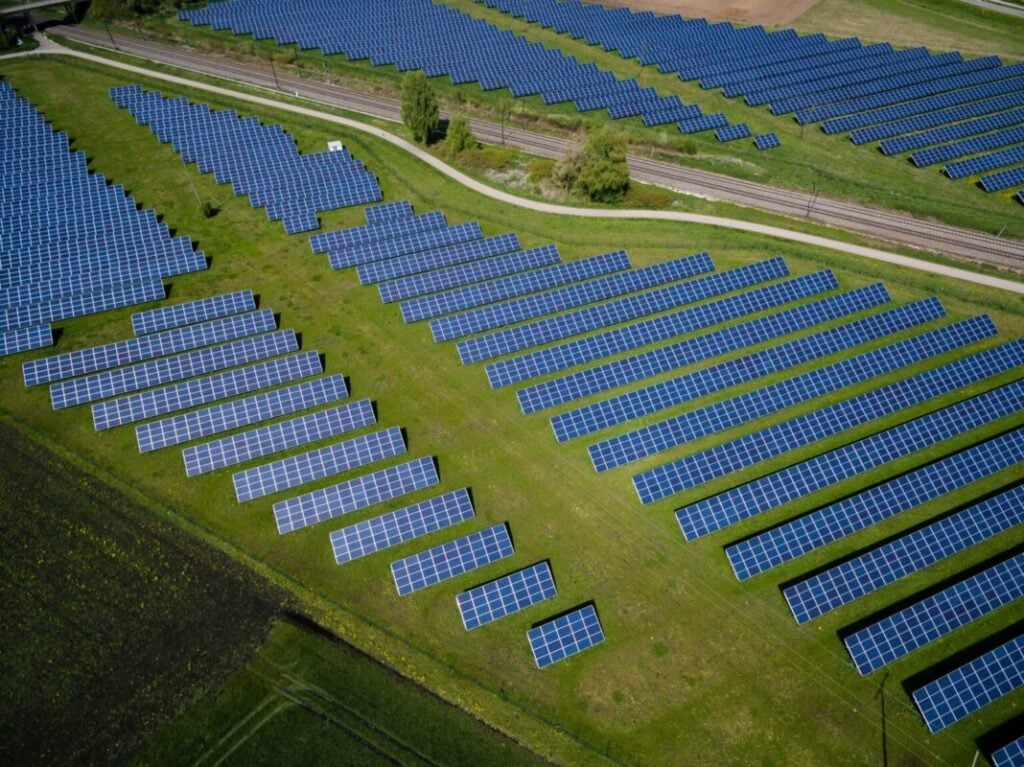
The UK government is consulting on reforms to its renewables auction scheme, including a longer target commissioning window (TWC) for solar PV.
The changes, which the government says would “pave the way” for more renewables projects to come online by 2030, would reflect the increasing size of solar projects in the UK’s pipeline.
Having set out target generation capacity in its Clean Power 2030 Action Plan (CP30), the government is addressing the barriers to realising its goal by reforming the CfD scheme to provide greater certainty to investors and a “better deal for consumers”.
According to the Department for Energy Security and Net Zero (DESNZ), the UK already has 30.7GW of offshore wind either installed or committed, with a further 7.2GW of capacity consented, against a target capacity range of 43-50GW needed for clean power by 2030.
The proposed reforms also include relaxed eligibility criteria on planning consent for fixed-bottom offshore wind and increasing the CfD contract term beyond 15 years.
Energy secretary Ed Miliband said: “Our bold new reforms will give developers the certainty they need to build clean energy in the UK, supporting our mission to become a clean energy superpower and bring down bills for good.”
Applications for AR7 are expected to open in the summer this year. The government’s consultation is running until 25 March, and its decision is expected before AR7 opens.
Last year’s allocation round, AR6, had the largest-ever budget allocation and delivered 128 projects with 9.6GW of capacity. CP30 promised CfD reform to better enable renewables development.
Longer commissioning window for solar PV
Under current CfD rules, developers must include a start date for a three-month target commissioning window (TWC) in their allocation round submission, which must overlap with one of the delivery years offered during the CfD allocation round.
If a generator has not commissioned its project by the end of the TCW, the 15-year payment term starts regardless and the project will receive less subsidy on a day-for-day basis as a result (known as ‘contract erosion’). This ‘cliff edge’ provides a financial incentive for CfD generators to plan to deliver their projects during the TCW to secure maximum available subsidy.
While the majority of generating technologies eligible for CfD allocation have TWCs of 12 months, solar has a three-month window due to its relatively quick pace of commissioning.
However, the government acknowledged that the increasing size of projects in the pipeline could become a “potential barrier to deployment of solar”.
Trade body representing the UK’s solar sector, Solar Energy UK, “warmly welcomes” the consultation. Its chief executive, Chris Hewett, said:
“We are pleased to see the inclusion of measures that support the growth of the solar sector, most notably a proposal to grant more leeway for commissioning times, and to extend contract periods beyond 15 years.
The consultation provides an opportunity to refine the CfD mechanism, ensuring it remains fit for purpose and continues to drive investment in clean energy infrastructure.”
A version of this article first appeared on our sister site, Current±.

